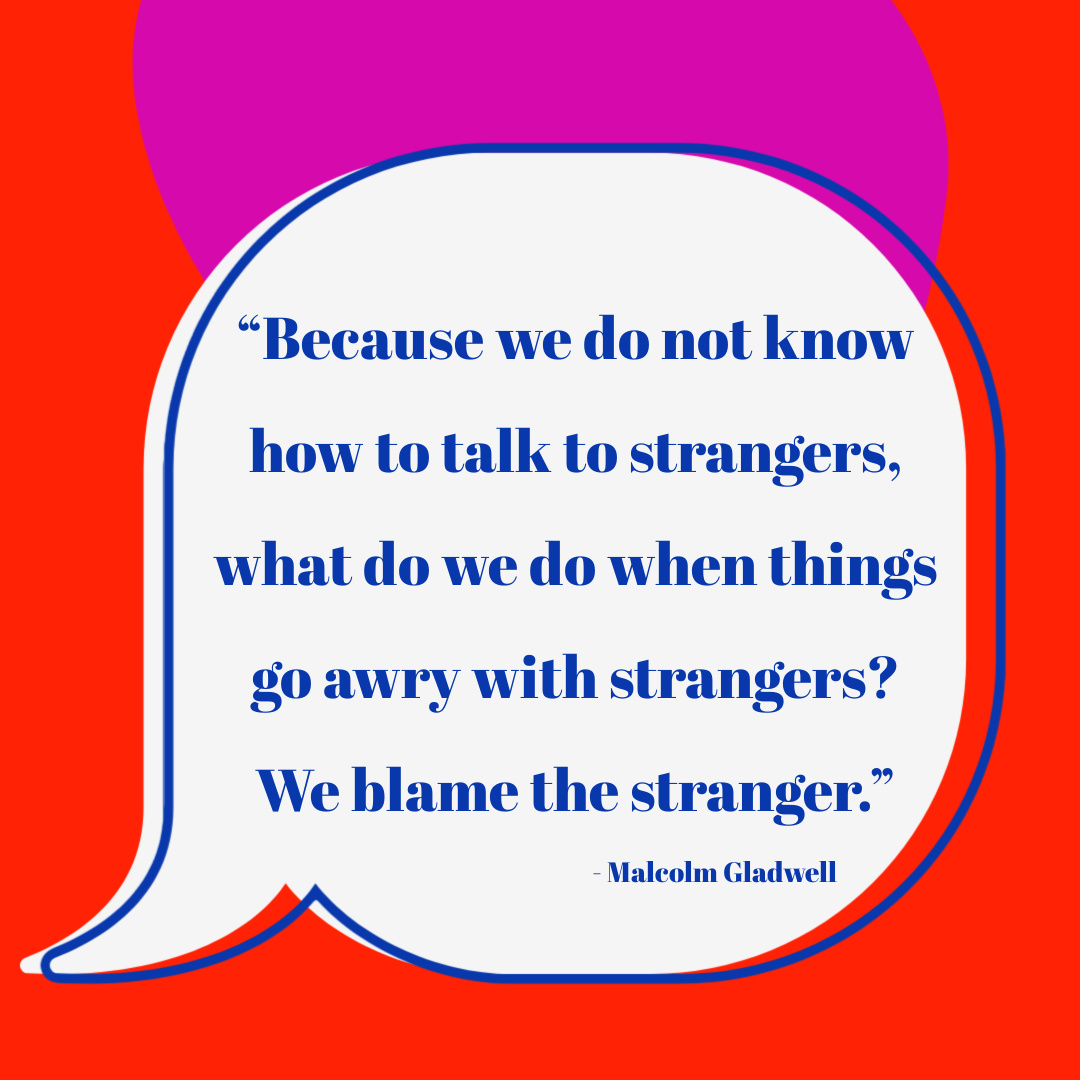I rarely wear white. I’m sure that every mom of littles (and all of my fellow klutzes and fumblers) can relate. But that morning, when facing a closet full of sweatshirts that had worn out their welcome over the long winter, I reached for the white one. It would likely get stained that day, but the sweatshirt was more than two decades old, a memento from my high school gymnastics program, so I supposed it was due some time outside the closet, inevitable stains be darned.
I thought little about my shirt of choice that morning until I was wrapping up my gym workout and a woman I’d never met tentatively approached me with a smile. “I couldn’t help but notice your shirt. Are you from Brea?”
I confirmed her assumption, commending her observational skills (my shirt’s Brea Olinda logo is pretty understated), and was excited to be told in response that she was raised in a neighboring town. The connection led to twenty enthusiastic minutes of reminiscing about growing up in Orange County, comparing notes on how we found ourselves in Texas, and enumerating the many things we miss about California (and the few things we don’t). It was one of those casual, totally unexpected conversations with a stranger that didn’t need to happen but left me so glad that it did.

Casual conversations like this one are a regular occurrence for me. New friends and acquaintances are often surprised to learn that I identify as a solid Introvert, because I can be so outgoing and come across as quite social. The truth is that having too many people interactions does leave me drained, but in small(ish) doses, I find them invigorating. Meeting new people, hearing their stories, sharing a piece of my own—these are touch points that connect me to my own humanity and open my eyes to the humanity that is simultaneously existing outside the four walls of my own home. Talking to strangers expands my horizons, throwing the doors wide open on the broader world and bringing that same broad world down to a level that I can experience through a shared laugh or a covert nod of understanding.
The “casual encounter” may not rank high on the list of Covid’s countless casualties—some might even consider it a feature, not a bug, of the pandemic—but I worry about the long-term effects of dwindling stranger-encounters during the months of quarantine and years of public masking. In that brief time, the art of informal social interactions was lost to us as we retreated from society and its requisite niceties. Even now, years after the worst of the lockdowns, we still bear the scars of isolation. Many of us remain socially awkward and hesitant to interact in ways that were once entirely commonplace.
I’m not a mom who tells her kids they should never to talk to strangers. OF COURSE we are teaching our kids to exercise discernment when interacting with unfamiliar individuals, but I want my children to be comfortable meeting and conversing with new people. I want them to see me making connections with people we have just met, even if it means they are expected to wait patiently for ten minutes while Mom bonds with a stranger over a pair of admired earrings or an adorable pet. We enter into these moments, not because we are expecting to make brand new best friends (though we may!) but because this is a simple exercise in all that it is to be human: making a connection, sharing a piece of oneself, emoting and conversing and learning in a low-stakes environment that has the potential for high reward.
The beauty of talking with strangers is that we never know where it may lead. On the surface, we may walk away unchanged, or we may come away from the interaction having identified a kindred spirit. Whatever the future may hold for these relationships, our present souls have been touched by the community we’ve experienced. These touch points are opportunities for generosity and kindness—given and received; reminders that we are not alone.

With more of our lives being lived out on the internet (hi there, so glad you stopped by my blog!), I think it is more important than ever before that we seek out stranger-connections where we can. At the store, the rec center, as we cross paths at school pickup or bump into each other at the neighborhood mailboxes: we need to be reminded of the real life, flesh and blood humans that are outside the periphery of our usual interactions but who have so much to say to us and about us. These interactions may not be life changing, but seeking them out can change how we approach life.